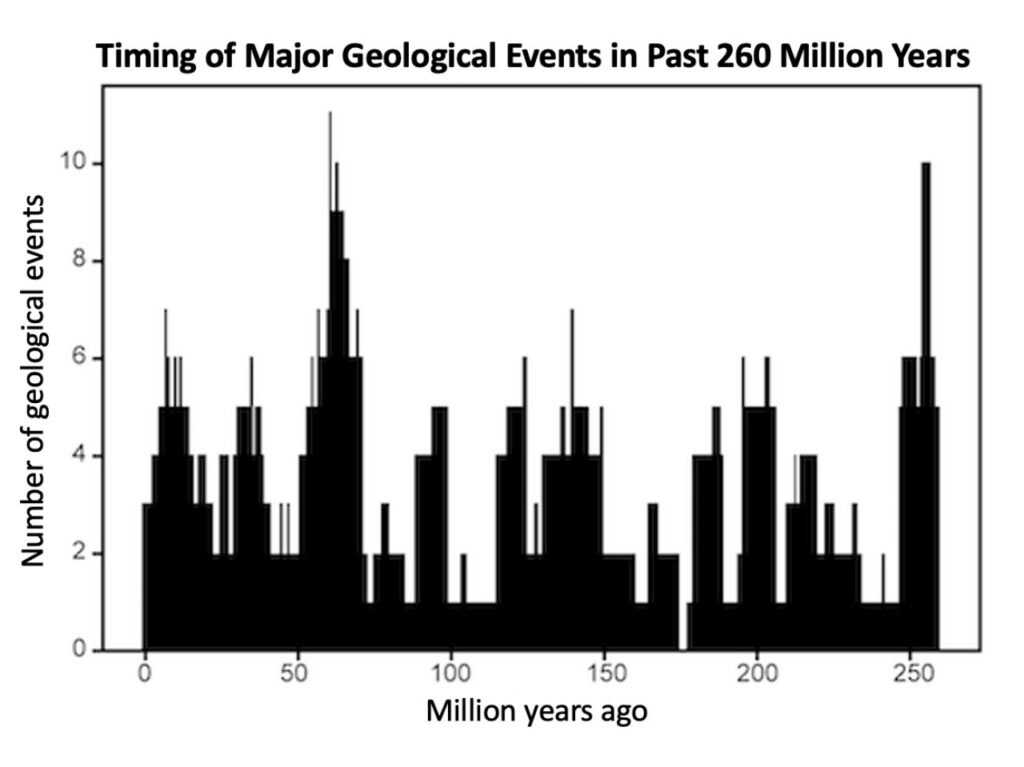Researchers at New York University have published a new study investigating geological activities on large-scale timescales on Earth, in which the researchers analyzed major geological events over 260 million years and discovered some clusters that repeat at an interval of 27.5 million years. On the basis of which Geologists claimed that the Earth follows an unexplainable cycle of 27.5 million years, which gives it a type of pulse (heartbeat).
Many geologists believe that geological events, including volcanic activity, mass extinctions, plate reorganization, and sea-level rise, are random over time, but new research provides evidence for a common cycle.
According to Michael Rampino, a geologist and professor in the Department of Biology at New York University, the new evidence suggests that there is a common cycle and that geological events are related rather than random. In the past five years, researchers have proposed cycles of major geological events, including volcanic activity and mass extinctions on land and oceans some 26 to 36 million years ago.

However, early correlation work in the geologic record is limited by the aging ability of geologic events. Significant improvements in radioisotope dating techniques and changes in geological timescales have provided new data on the timing of past events. Rampino and his colleagues used the latest aging records to compile an up-to-date record of the major events in the last 260 million years.
4,444 researchers analyzed the ages of 89 major geological events identified in the last 260 million years. These events include ocean and land extinctions, major volcanic lava spills known as flood basalt eruptions, ocean hypoxia events, sea-level fluctuations, and changes or reorganizations of the earth’s tectonic plates.
Researchers found that major geological events gathered at 10 different points in time over 260 million years, divided into peaks or pulses approximately 27.5 million years apart. The most recent set of events occurred 7 million years ago, which indicates that the next large pulse of geological activity will be more than 20 million years in the future.
